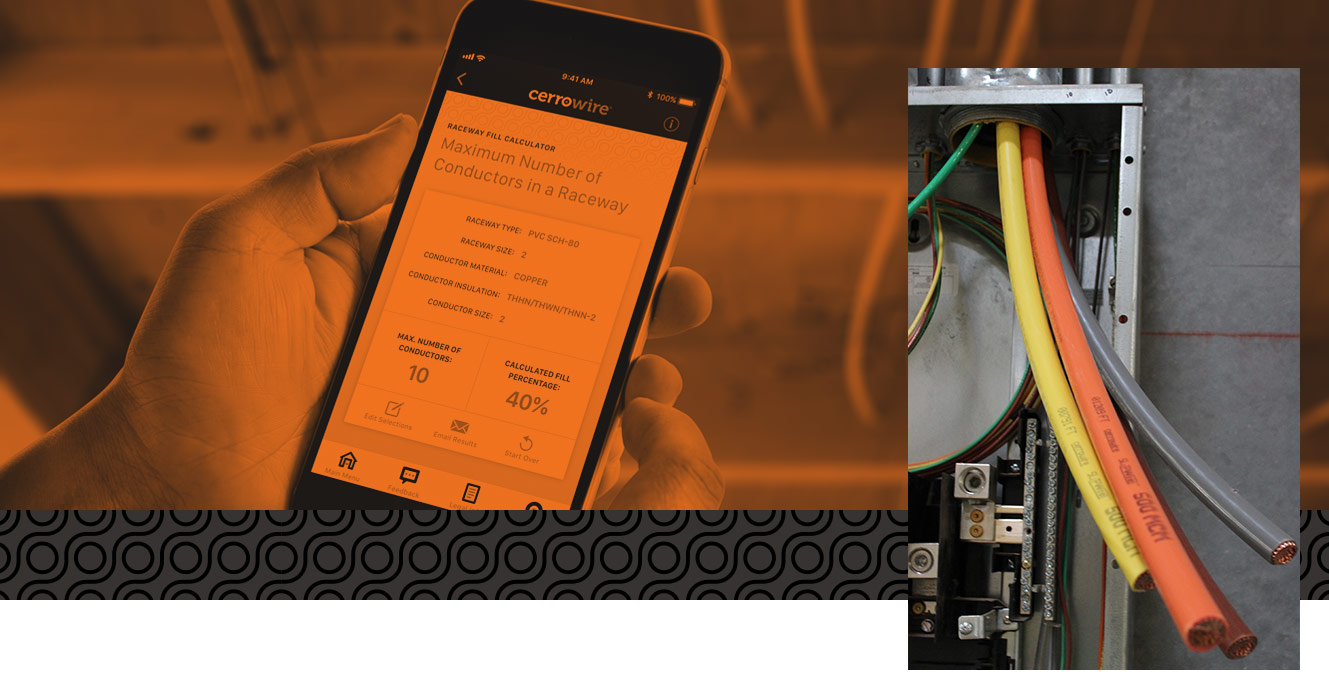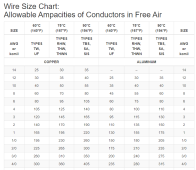Wow,
Nice switchgear wiring layout.
Wow… That is a lot of SER cable. I’m more a fan of conduit, and wire way gutters.I am far from an expert on any of this, but I am 8 months in to building a house and this is what I did.
1900 ft upstairs 100% spray foamed
1100 walk out basement, ICF foundation
I wanted to power the whole house, grid tied. Indiana gives zip for selling power, so I skipped it.
Solark 15k runs one 200 amp panel
400 amp service
2nd 200 amp panel is mostly non essential 220 and a few random 110 circuits.
My electricians installed it all for 5-6 hours. Fully inspected and bought off
30 kWhr server rack
South and SW standing seam room will have 20 450 panels. I may add 8 more in a ground mount. I do not get sun until 10:30 in the summer. Winter will be shaded through leafless trees. Again I am no expert, but my experience is similar to yours. Fire away!!
Nice switchgear wiring layout.






